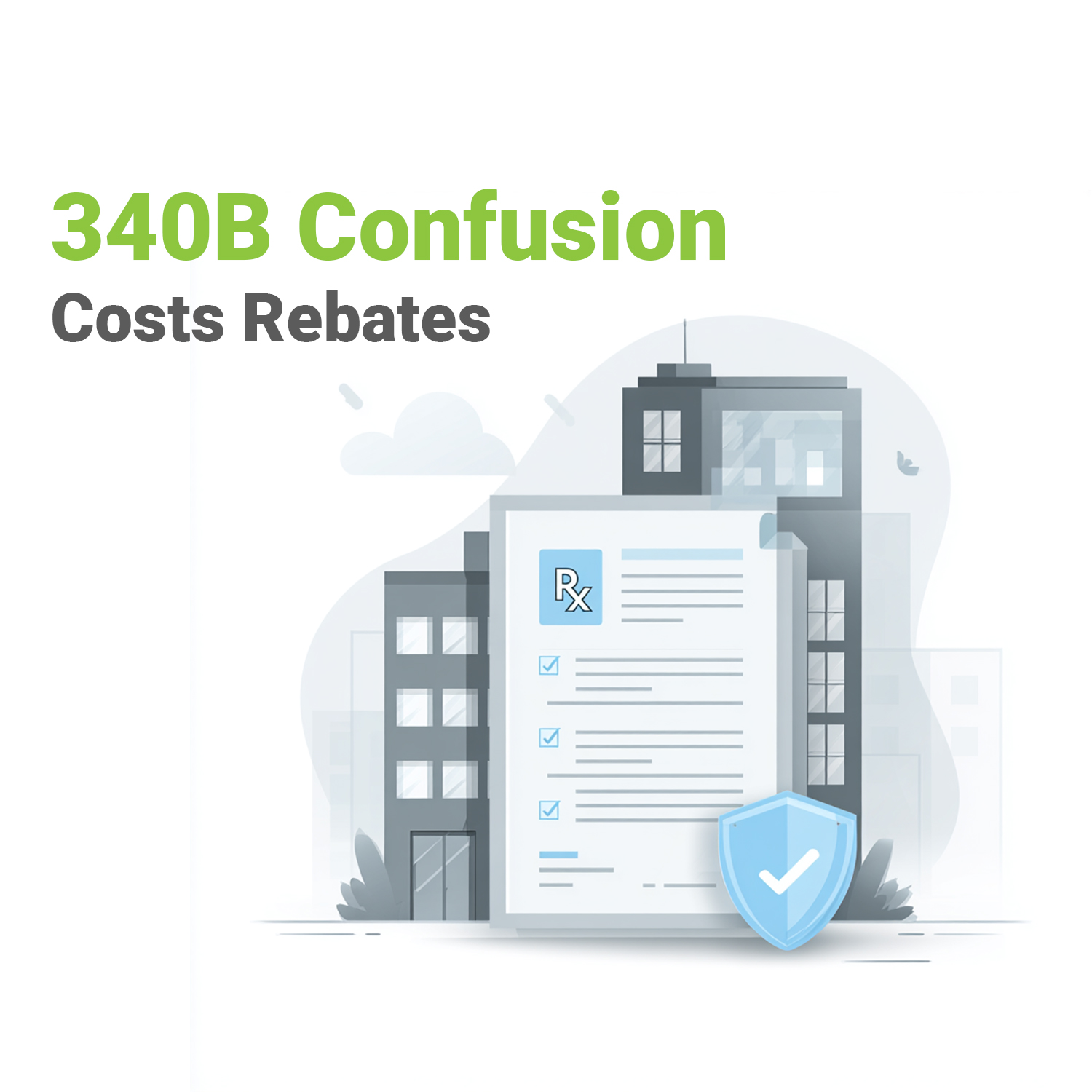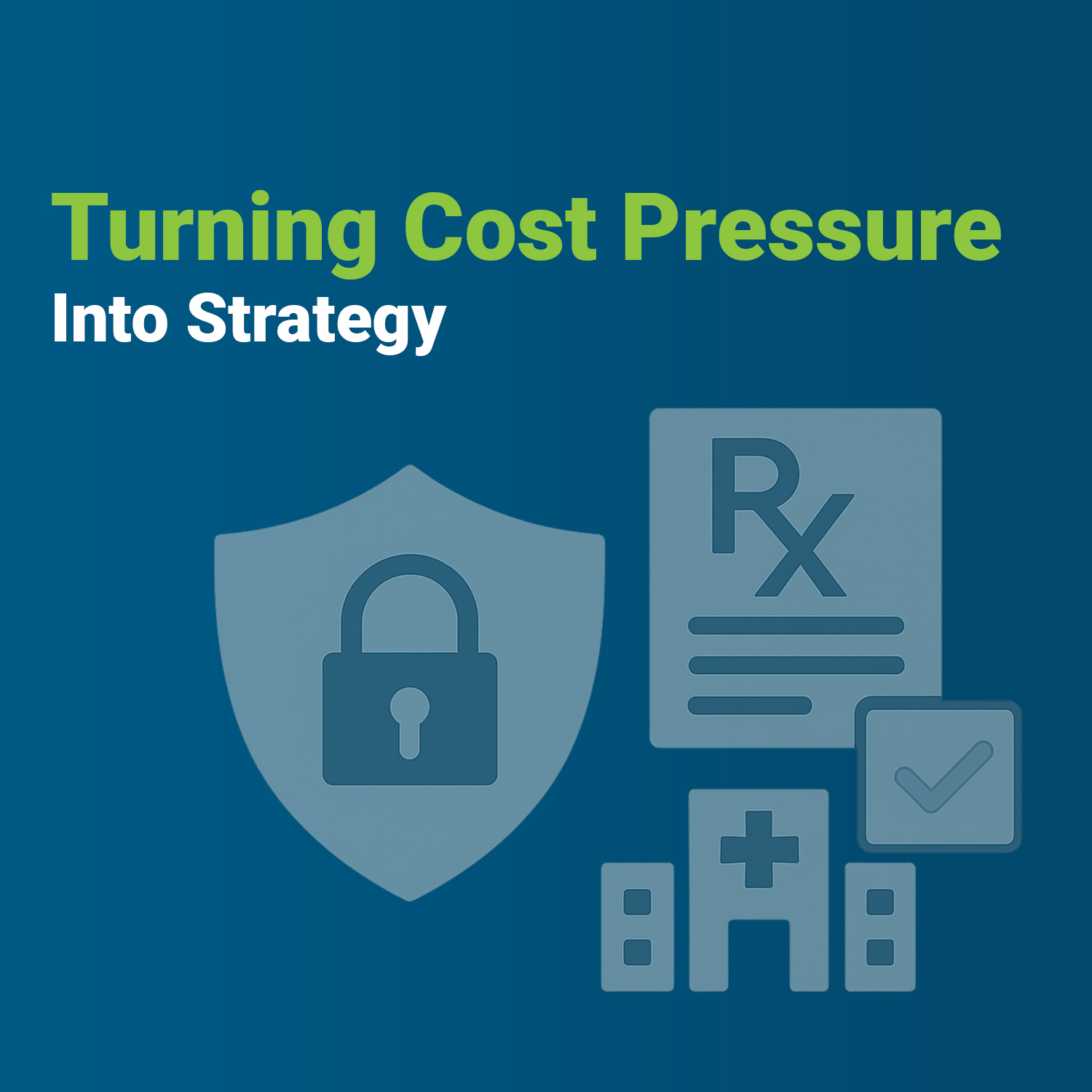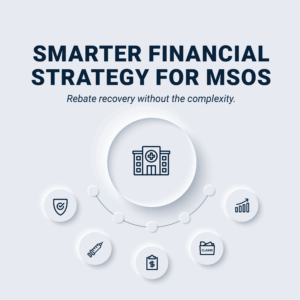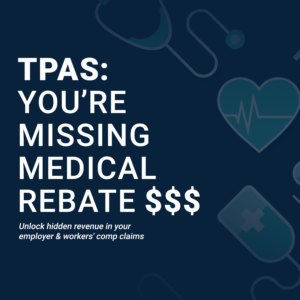Why do formularies exist? How is it that they benefit nearly everyone?
One of the surest ways to start an argument in any bar, school, church or supermarket line in the United States is to stake out the position that too much choice is a bad thing.
That’s especially true when it comes to healthcare and the medicines our doctors have prescribed for us.
If a doctor writes a prescription, who are we, as a PBM, to question that prescription.
Here’s a quick introduction into why that happens and how, in the long run, it assures that millions of Americans get the drugs we need at a price we can afford.
Formularies help make prescription drugs affordable for everyone
It’s that last bit – a price we can afford – that comes into play when these choices, driven by a system called Formulary, are put into action.
Formularies do two things:
- Determine whether there is a medical benefit to the drug. Does it do what it says it does? Does it actually help patients treat or cure their maladies? This is known as evaluating a drug’s efficacy.
- With efficacy in mind, now the question becomes “Is the cost manageable?” Often, if a drug is deemed to have a high efficacy along with a high price, that drug is put on a list of “specialty drugs” that may need further evaluation, not just in general, but at the level of the specific patient who has been prescribed that drug.
Sometimes, when emotions run high during what’s called a prior authorization for a new or very expensive drug, it’s easy for a patient to wonder why their insurance company is trying to keep a drug from them, when, in fact, the opposite is true. An insurance company, usually in concert with a pharmacy benefit management company such as VativoRx, is looking at the best way to get the most clinically appropriate and cost-effective medications to the patient, regardless of the retail (non-insurance) cost of the medicine.
A good PBM knows how to deal with the unexpected and the new
“More than 95% of our daily interactions with drug manufacturers, insurance companies and patients are routine, says VativoRx CEO and Managing Partner Lisa Quarterman. “It’s essential work, but it’s very quiet and mundane. A prescription is written, it’s approved, and the patient has her medicine sometimes within an hour.
“For the other five percent, we spend a lot of time doing everything possible to assure that a patient gets what they’re paying for. Our clinical pharmacist reviews each claim from a truly clinical approach, without any incentives to approve a drug that is not medically appropriate. This approach ensures that specialty medications are being used per the package insert, and that all appropriate step-therapies and indications for use have been met. Sometimes, that means suggesting a more cost-effective medicine to the doctor. But most of the time, we find a way to make the prescription go through under the patient’s pharmacy benefit.”
Of course, not every individual case is approved, most often on efficacy grounds. Sometimes new drugs are created and approved that merely make their administration more convenient for doctors and patients. There is no improved efficacy.
For example, a new drug may combine elements of a highly effective “cocktail” of medicines. Convenience is improved – one pill instead of, say, three – but there is no improvement in efficacy. Depending on the insurance plan, that new drug may be withheld from the formulary until its price inevitably drops over time. The patient still gets the exact same medicine, just not in the new form.
Any rejections of coverage on a formulary basis will always come with an explanation that a doctor will be able to understand and explain to the patient. The patient and the doctor also have the right to appeal the decision.
“This isn’t about just numbers,” says Quarterman. “It’s about patients’ health. We take that fact very seriously and approach our mission with great care and a bias toward finding a way to get patients the medicines they are prescribed.”
VativoRx works with all clients to help them choose which formulary is right for their needs and expectations. For more on the types of formularies, please refer to this deeper dive into the formularies available at VativoRx.
Photo by Glenn Carstens-Peters on Unsplash






